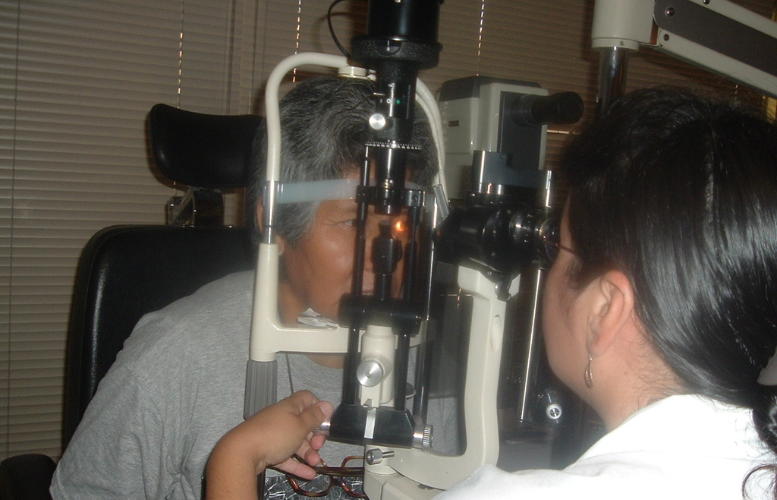
En un mundo donde el ritmo de vida acelerado y el estrés constante afectan nuestra salud, encontrar formas naturales de mejorar nuestro bienestar se ha vuelto esencial. Infusiones Perez-Albela, una marca peruana comprometida con la salud y el bienestar, nos ofrece una solución reconfortante y natural: una línea de infusiones que capturan la esencia de la naturaleza en cada taza.
Las infusiones están formuladas con una cuidadosa selección de hierbas naturales, cada una elegida por sus propiedades beneficiosas para combatir los síntomas de diversas afecciones. Estas mezclas son el resultado de un profundo conocimiento de la medicina natural y una pasión por ofrecer productos de alta calidad que realmente marcan la diferencia en la vida de las personas.
Beneficios de las Infusiones Naturales
La clave de las infusiones radica en su formulación. Cada mezcla está diseñada para proporcionar alivio de manera natural y apoyar el bienestar general. Entre las hierbas utilizadas se encuentran el jengibre, conocido por sus propiedades antiinflamatorias y digestivas; la manzanilla, famosa por su capacidad para calmar y relajar; y la menta, que ayuda a aliviar problemas respiratorios y digestivos.
Estas hierbas, entre otras, se combinan en proporciones precisas para maximizar sus efectos beneficiosos. El resultado es una infusión que no solo es deliciosa, sino también efectiva para mejorar la salud y el bienestar.
Un Aliado Durante el Invierno
El invierno es una época del año en la que nuestro sistema inmunológico puede verse comprometido debido a las bajas temperaturas y el aumento de enfermedades respiratorias. Las infusiones de Perez-Albela se convierten en un aliado perfecto durante esta temporada, proporcionando un remedio natural para fortalecer el cuerpo y aliviar los síntomas comunes del resfriado y la gripe.
Por ejemplo, la infusión de eucalipto y salvia es ideal para descongestionar las vías respiratorias, mientras que la mezcla de limón y jengibre ayuda a reforzar el sistema inmunológico.
Compromiso con la Calidad y la Sostenibilidad
Infusiones Perez-Albela se enorgullece de su compromiso con la calidad y la sostenibilidad. Todos los ingredientes utilizados en sus productos son 100% naturales y provienen de cultivos orgánicos, garantizando que cada taza esté libre de pesticidas y productos químicos nocivos.
Este compromiso con la calidad no solo asegura que los consumidores reciban un producto superior, sino que también contribuye a la protección del medio ambiente.
Una Experiencia Sensorial Única
Más allá de sus beneficios para la salud, las infusiones de Perez-Albela ofrecen una experiencia sensorial única. El aroma de las hierbas recién infusionadas, el sabor reconfortante y la sensación de bienestar que proporcionan hacen de cada taza un momento especial. Es una invitación a detenerse, respirar y disfrutar de la simpleza y la pureza de la naturaleza.









